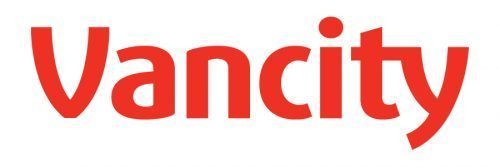Vancity is a values-based financial co-operative serving the needs of its more than 534,000 member-owners and their communities in the unceded territories of the Coast Salish and Kwakwaka’wakw people, with 59 branches in Metro Vancouver, the Fraser Valley, Victoria, Squamish and Alert Bay. With $27.4 billion in assets plus assets under administration, Vancity is Canada’s largest community credit union. Vancity uses its assets to help improve the financial well-being of its members while at the same time helping to develop healthy communities that are socially, economically and environmentally sustainable.
Summary of sustainability strategy:
Vancity’s vision is to redefine wealth. As a financial co-operative, our values-based banking model is designed to enhance the financial, social and environmental well-being of our members and their communities. We have no shareholders other than our members, and we use the insights we receive from them to help us meet their evolving needs. Our objective is to help create healthy and thriving communities where our members live and work.
We aim to achieve this through all our operations—from how we make money to how we spend and invest it. We measure success by how we contribute to the overall well-being of our members and their communities—financially, socially and environmentally.
Sustainability practices and outcomes are integrated in key roles and activities across Vancity and embedded throughout our business plan. Vancity’s values-based banking model is also aligned with the United Nations’ Sustainable Development Goals to end poverty, protect the planet and ensure prosperity for all by 2030.
Some of the specific desired outcomes from our model and plan include:
· Reduced environmental impact through operations and products, capital and services that encourage people and businesses to change their behaviour.
· Increased availability of affordable housing.
· Increased access to skills, decent employment and entrepreneurship—especially for newcomers, indigenous communities and green jobs.
· Increased access to financial literacy, basic financial services and capital for underserved individuals and communities.
· Increased access to financial services and capital to support not-for-profits, co-operatives, and impact businesses at all stages.



